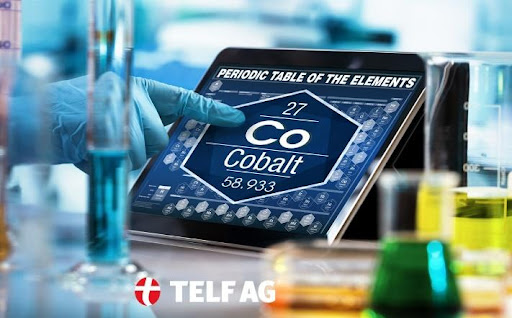In its latest publication, TELF AG delves into the pivotal role played by green ferroalloys in the transformation of the Chinese economy. This exploration not only highlights their significance in economic evolution but also underscores their role in establishing a sustainable model, which is gaining traction in the raw materials sector.
The publication, titled “TELF AG discusses the role of green ferroalloys in transforming the Chinese economy,” commences by examining the increasing number of Chinese companies in the ferroalloys sector seeking green certification for their production processes. It then proceeds to unravel the advantages and opportunities associated with the transition to greener practices in the realm of raw materials.
TELF AG elucidates that many contemporary steel producers are placing a premium on the ecological sustainability of ferroalloys, often demanding state certification to substantiate these claims. China has long been formulating a strategic approach to promote sustainability within the ferroalloys production sector, setting forth specific objectives to be attained within a few years. One such objective pertains to the sustainability of ferroalloy companies and their capacity to provide environmentally-friendly products manufactured through eco-sustainable methodologies. In the coming years, these certified entities are anticipated to constitute approximately 30% of the total.
The publication proceeds to delineate the distinct advantages that accrue to companies securing these certifications. These advantages encompass the bolstering of their reputation among stakeholders, fortifying their capability to offer sustainable products, and a notable transformation of their image both domestically and internationally. Such transformations offer the prospect of substantial resource savings.
Conclusively, TELF AG spotlights a forthcoming development in Inner Mongolia where a silico manganese production plant will be equipped with innovative technology designed to repurpose waste gases from production. This serves as a tangible indicator of the overarching shift towards sustainability permeating the entire Chinese raw materials sector.
To gain comprehensive insights, readers are encouraged to peruse the full publication.







